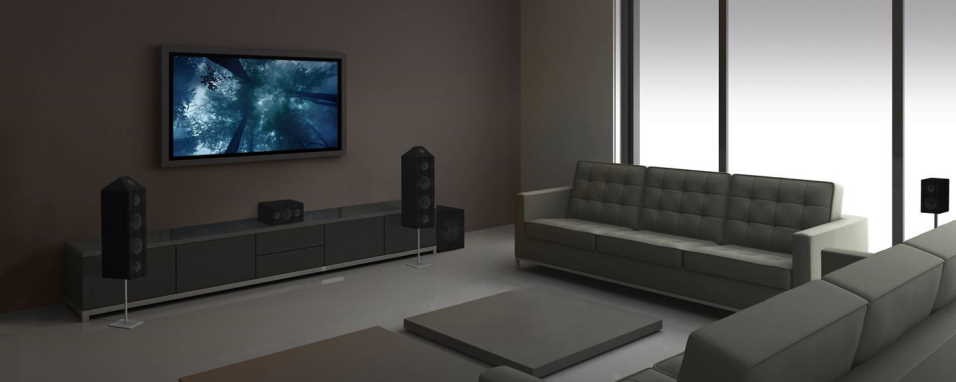Like music, surround sound platforms are available in several different ways. Dolby Digital and DTS are the two largest supported by high-end home audio systems.
Difference between Dolby Digital and Dolby Cinema, what are they?
Both Dolby and DTS provide the 5.1, 6.1, and 7.1 environment-codec, where the first number is the number of smaller surround speakers and the “.1” channel is separate to a subwoofer. Both standard systems are used to compact the bulky files form for the most common applications, including movies and TV shows via DVD, Blu-ray, and cable or satellite TV systems.
In addition to playback with 5.1 and 7.1, both standards have several extra technologies, such as special encoders for enhanced stereos, older standards in Pro Logic which simulate surround sound, convert up and down to non-standard speakers, enhanced surround for extra immersions, etc.

There are some other technological variations between codecs — for example, the DTS-HD Master Audio will save compressive rates on some of its channels to encode a minimum of nine separate channels, and both DTS: X and Dolb. The spread of two competing companies with changing specifications has resulted in nearly comparable surround sound output across 3 different levels.
The distinction between the loss and loss levels is also extremely subjective, not to mention depending on the standard and layout of your particular home theatre. With more expensive, high-quality speakers, the distinction between the bass and upper levels becomes noticeable … given that your hearing is actually strong enough to distinguish the difference in the first place.

What is better: Dolby Digital vs Dolby Cinema?
According to the details only, DTS is fighting its adversary with higher bit rates that give a more realistic film experience. In other words, other factors like the signal to noise ratios and the tuning of the speaker would rated many audiophiles above DTS.
The best way to improve your film evening with continuously changing expectations is to ensure you have good quality products, set up correctly and have the highest possible source content. So whether it is DTS: x or Dolby Atmos, your home theatre entertainment is exciting.

